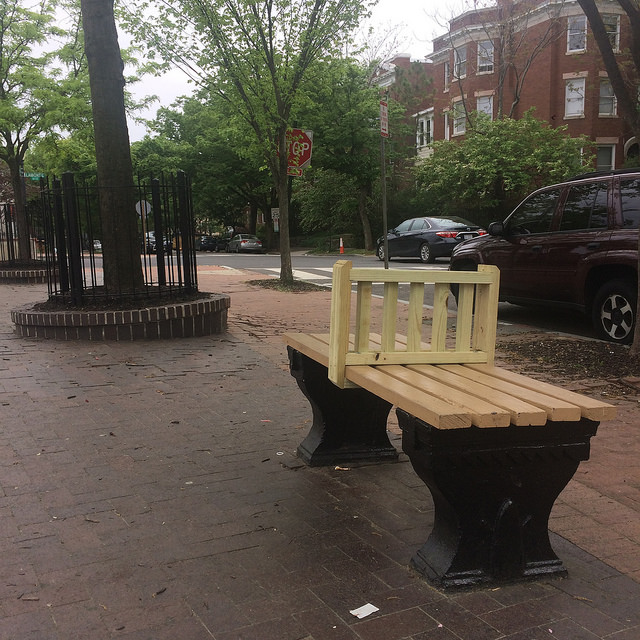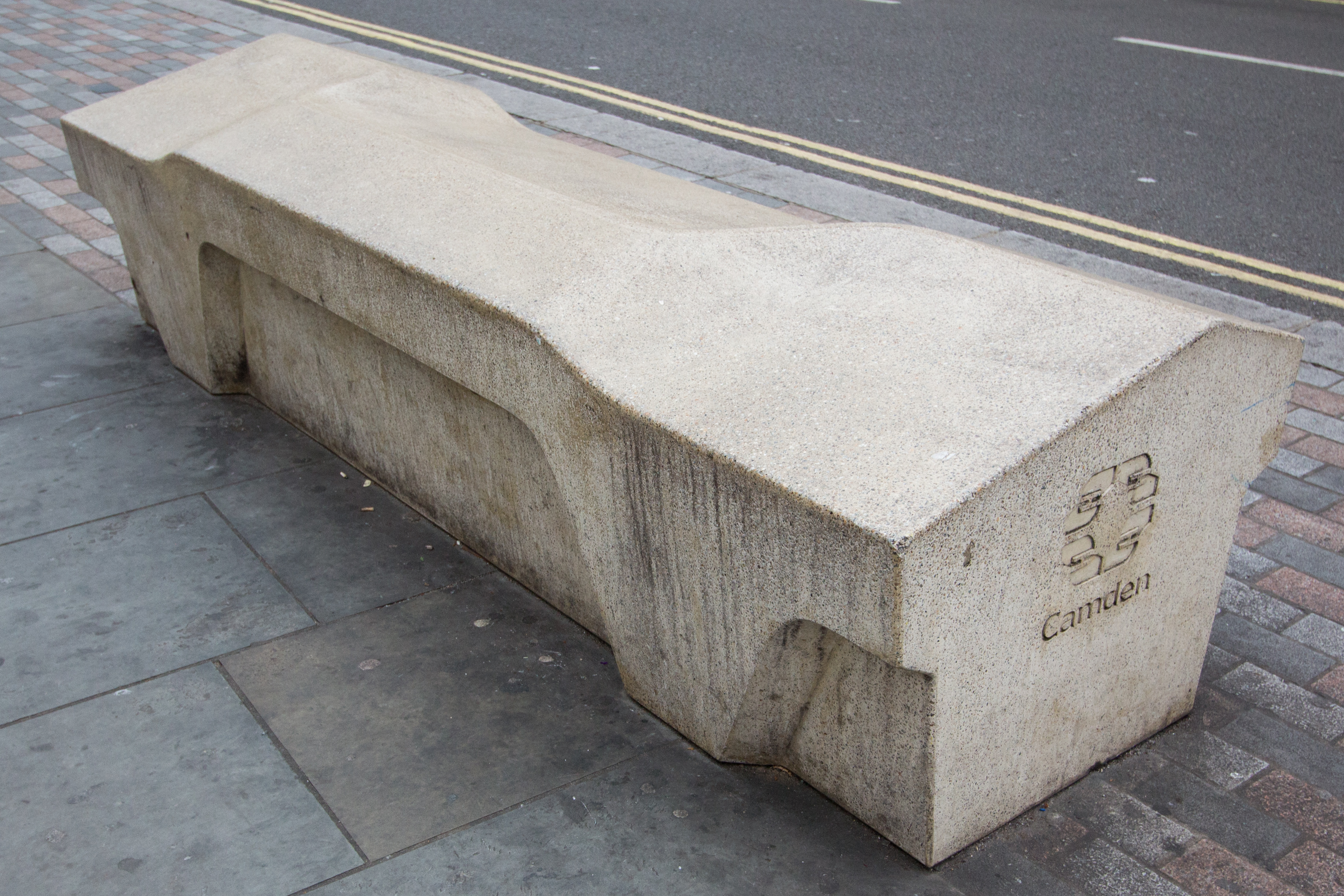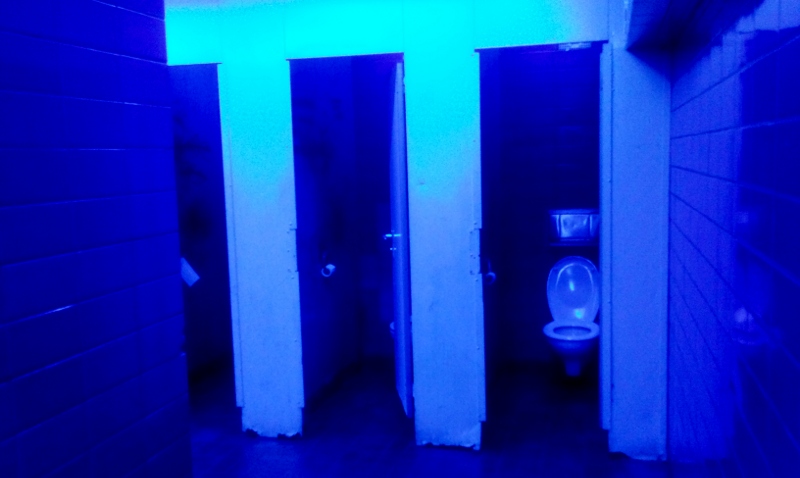Why This Park Bench in DC Has Some People Outraged

By:
An image of this park bench in Washington, D.C. has sparked a conversation about hostile architecture.
Someone nailed down wooden dividers to every bench in Lamont Park without authorization, provoking outrage among local Twitter users, who cited the act as a perfect example of hostile architecture. As Popular Science explained, hostile architecture or "unpleasant design" involves making public spaces "intentionally repellent," in an effort to discourage "certain uses of spaces and things, often by specific, targeted demographics."
And it's no surprise that these "demographics" usually include the homeless.
Since the unauthorized installation, the Department of Parks and Recreation (DPR), said the wooden dividers have been removed and thanked D.C. residents for keeping them informed.
In a statement published on Popville, a local blog founded by Dan Silverman, which initially shared the controversial image, the DPR said they, "would like to thank the community for bringing this to our attention."
 Prince of Petworth/Popville - popville.com
Prince of Petworth/Popville - popville.com
The incident highlighted the broader issue of homelessness in America.
While this instance of hostile architecture was initiated by an unauthorized resident and later removed, there are many examples of government-approved park benches, train station seating areas, bus stops, and other public spaces meant to provide seating that are intentionally designed to be restrictive to anyone who could use the space for long periods of time.
In a multimedia report which highlighted notable examples of hostile architecture, 99 Percent Invisible cited the Camden Bench, located outside Freemasons' Hall on Great Queen Street in London, as a prime example of unpleasant design.
 The wub - CC BY-SA 4.0 - wikimedia.org
The wub - CC BY-SA 4.0 - wikimedia.org
"The Camden Bench is virtually impossible to sleep on. It is anti-dealer and anti-litter because it features no slots or crevices in which to stash drugs or into which trash could slip. It is anti-theft because the recesses near the ground allow people to store bags behind their legs and away from would be criminals. It is anti-skateboard because the edges on the bench fluctuate in height to make grinding difficult. It is anti-graffiti because it has a special coating to repel paint," the report said.
As Selena Savić, co-author of the book "Unpleasant Design," noted in an accompanying interview to the report, the use of unpleasant design “was here since we started designing public space or since we started designing cities."
Another use of unpleasant design in practice is the use of blue lighting in public restrooms. The effect of this installation deters drug users from injecting themselves in public spaces because the color "makes it harder for people to locate their veins."
 Via 99 Percent Invisible - 99percentinvisible.org
Via 99 Percent Invisible - 99percentinvisible.org
Other examples of hostile architecture in the U.S. include bus stop benches with unnecessarily high arm rests and spikes in front of polished high-rise buildings.
So while concerned citizens in Washington, D.C. may have staved off the addition of one more piece of hostile architecture, the phenomenon is still cause for concern. "Public space is the tool, object, and place of negotiation," Savić said, in an interview with Popular Science.
"When it becomes not negotiable, its publicness also becomes questionable."
